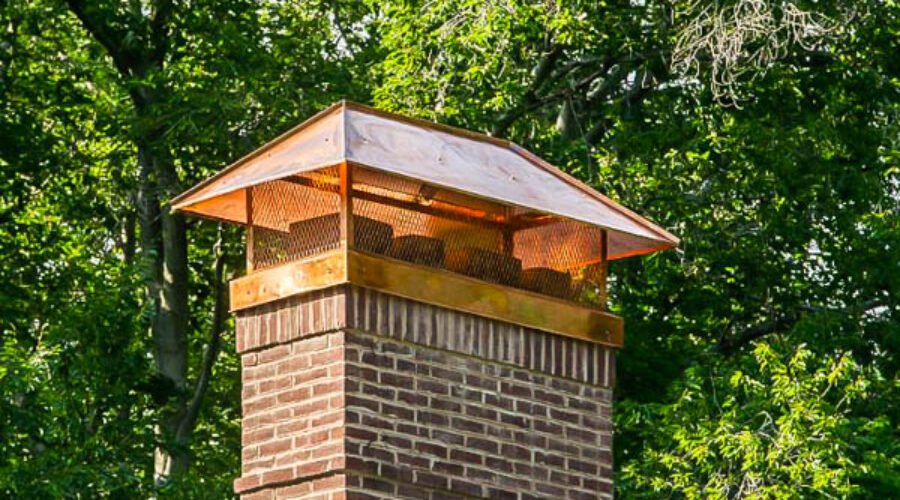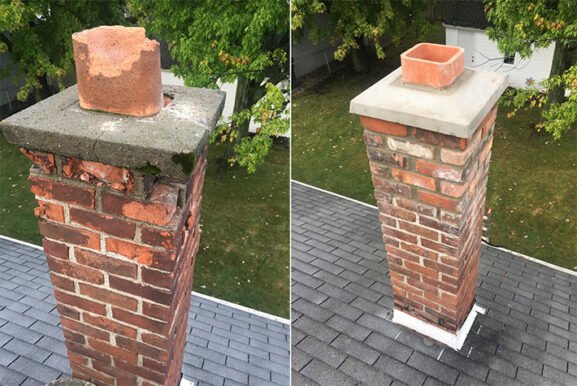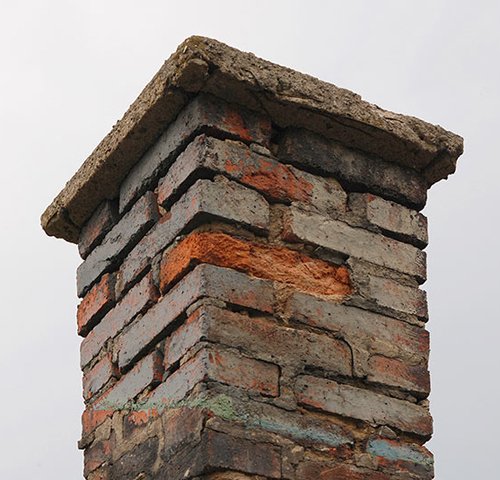Why You Should Act Now to Repair the Top of Your Chimney Before Bigger Issues Arise
Key Takeaways
- Damage at the top of your chimney often signals deeper structural problems that need prompt attention.
- Repairing the chimney crown, cap, or bricks at the top helps protect your home from costly water damage.
- Timely chimney top repairs can extend the life of your fireplace and flue system.
- Ignoring cracks or wear at the chimney top could lead to safety hazards and expensive rebuilds.
Understanding What Lies at the Top of the Chimney
The top of a chimney is not just a decorative finish. It’s a critical protective barrier that includes parts like the chimney cap, crown, flue liner, and sometimes flashing. These elements work together to prevent moisture from seeping in, keep out debris and animals, and direct smoke safely out of the home.
When damage occurs at the top, it exposes the rest of the chimney structure to weathering and decay. Cracked crowns, missing caps, or deteriorating mortar are often the first signs that a chimney needs repair. Unfortunately, because these issues are out of sight, they’re easy to ignore—until more serious problems arise.
Common Signs the Chimney Top Needs Repair
If you’re wondering whether your chimney top might need attention, look for the following signs:
- Visible cracks or crumbling in the crown or bricks
- Water stains on walls or ceilings near the chimney
- Rusted or missing chimney cap
- Leaks during rainstorms
- Pieces of brick or mortar around the base of your chimney
These symptoms point to wear and tear that can allow moisture to seep into the masonry. Water is one of the biggest enemies of a chimney system. It causes spalling, weakens mortar joints, and leads to freeze-thaw damage during colder months. Once the top becomes compromised, the entire chimney system is at risk.
Why Timely Chimney Top Repair Matters
The longer chimney top damage goes unrepaired, the more extensive the deterioration becomes. What may start as a minor crack in the crown could lead to full brick displacement or internal flue corrosion if ignored. The crown, which is typically made of concrete or mortar, plays a vital role in shedding water. If it’s not sealed or shaped properly, water will pool and gradually erode the structure.
Chimney caps are equally essential. Without a cap, rain enters freely, and animals may build nests in your flue. Caps also block downdrafts and prevent embers from escaping, reducing fire risk. Regular inspections can identify these vulnerabilities early and help prevent expensive repairs or even chimney reconstruction.
How Professionals Repair the Chimney Top
Chimney top repairs can range from simple to complex, depending on the extent of the damage. A certified chimney technician will typically begin with a thorough inspection using binoculars or drones, followed by a close-up examination if necessary. The repair process may include:
- Crown resurfacing or replacement using weather-resistant materials like a bonded crown coat or poured concrete
- Installing or replacing chimney caps made of stainless steel or copper for long-term durability
- Repointing or tuckpointing damaged mortar joints
- Waterproofing the entire chimney to guard against further moisture damage
These repairs are most effective when performed by trained professionals who follow local building codes and safety guidelines. According to the Chimney Safety Institute of America (CSIA), annual chimney inspections are essential for identifying damage early and preventing safety hazards.
The Hidden Risks of Delaying Repairs
It might be tempting to delay chimney top repairs until after the winter season, especially if the damage doesn’t seem urgent. But postponing can lead to unexpected consequences, including:
- Smoke backup into the house due to blocked or inefficient airflow
- Flue liner damage that compromises the chimney’s ability to contain heat
- Mold growth and wall damage from persistent leaks
- Fire hazards caused by nesting animals or creosote buildup due to poor ventilation
In colder climates, freeze-thaw cycles amplify existing cracks, forcing them wider and allowing more water in. This sets off a chain reaction of decay that compromises not only the chimney but also the adjacent roofing and framing.
How Climate and Location Affect Chimney Top Integrity
Homes in areas like the Northeast, Midwest, or anywhere with extreme temperature shifts are more prone to chimney top issues. Rain, snow, ice, and high winds accelerate wear on the crown and cap. Homes near the coast may also suffer from salt air corrosion, especially on metal caps and flashing.
Urban homes may face different threats, like acid rain or pollution buildup, which can degrade mortar and brick faster. That’s why homeowners in both New York and New Jersey often find themselves needing chimney crown repair more frequently than expected.
Understanding your local environment helps you prioritize seasonal maintenance and anticipate common problems. Proactive care is always more affordable and less invasive than emergency repairs.
Tips to Maintain a Durable Chimney Top
While not all issues can be prevented, there are a few simple steps homeowners can take to extend the life of their chimney top:
- Schedule annual inspections every spring or early fall
- Use a high-quality chimney cap with a screen to prevent animal entry
- Have the crown sealed with a flexible, breathable coating to resist cracking
- Remove overhanging branches that can cause damage during storms
- Avoid DIY fixes with caulks or sealants that may trap moisture
Even small acts of maintenance can save thousands in future repair costs. Trusted chimney professionals can guide you on materials and installation techniques tailored to your chimney’s unique construction.
Planning Your Next Step for Chimney Top Care
Taking care of the top of your chimney is not just about appearance. It’s about preventing water damage, improving fireplace efficiency, and ensuring safety for your home and family. Whether you’re seeing early signs of wear or haven’t had a chimney inspection in years, now is the right time to act. By partnering with certified professionals and staying ahead of seasonal risks, you’re investing in long-term protection for your home.
Let your chimney serve you well for years to come—starting from the top.


